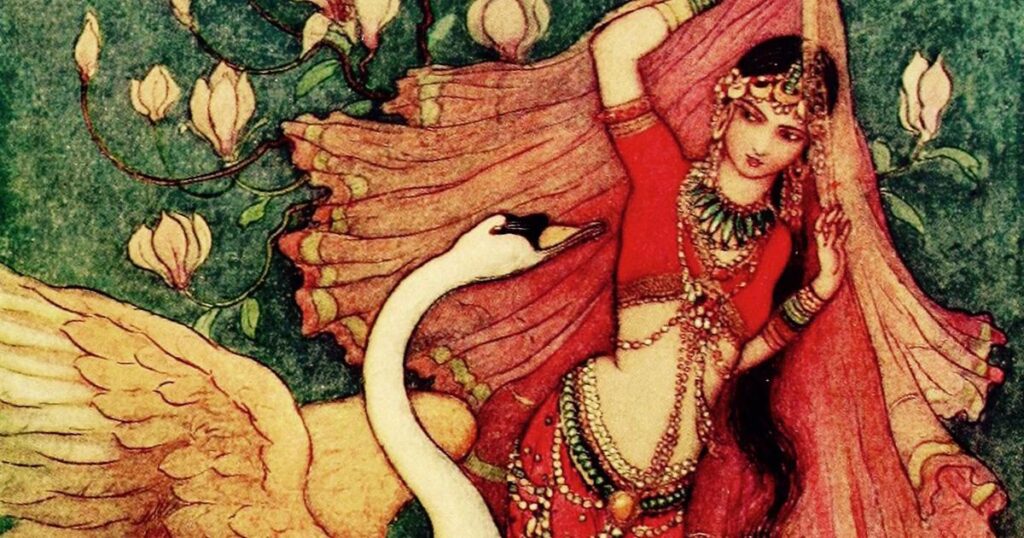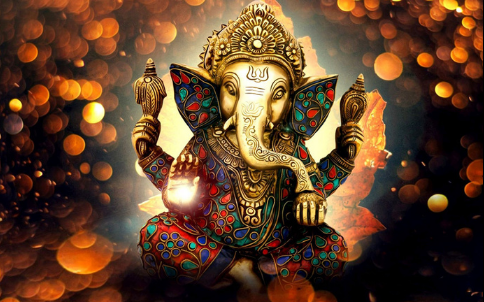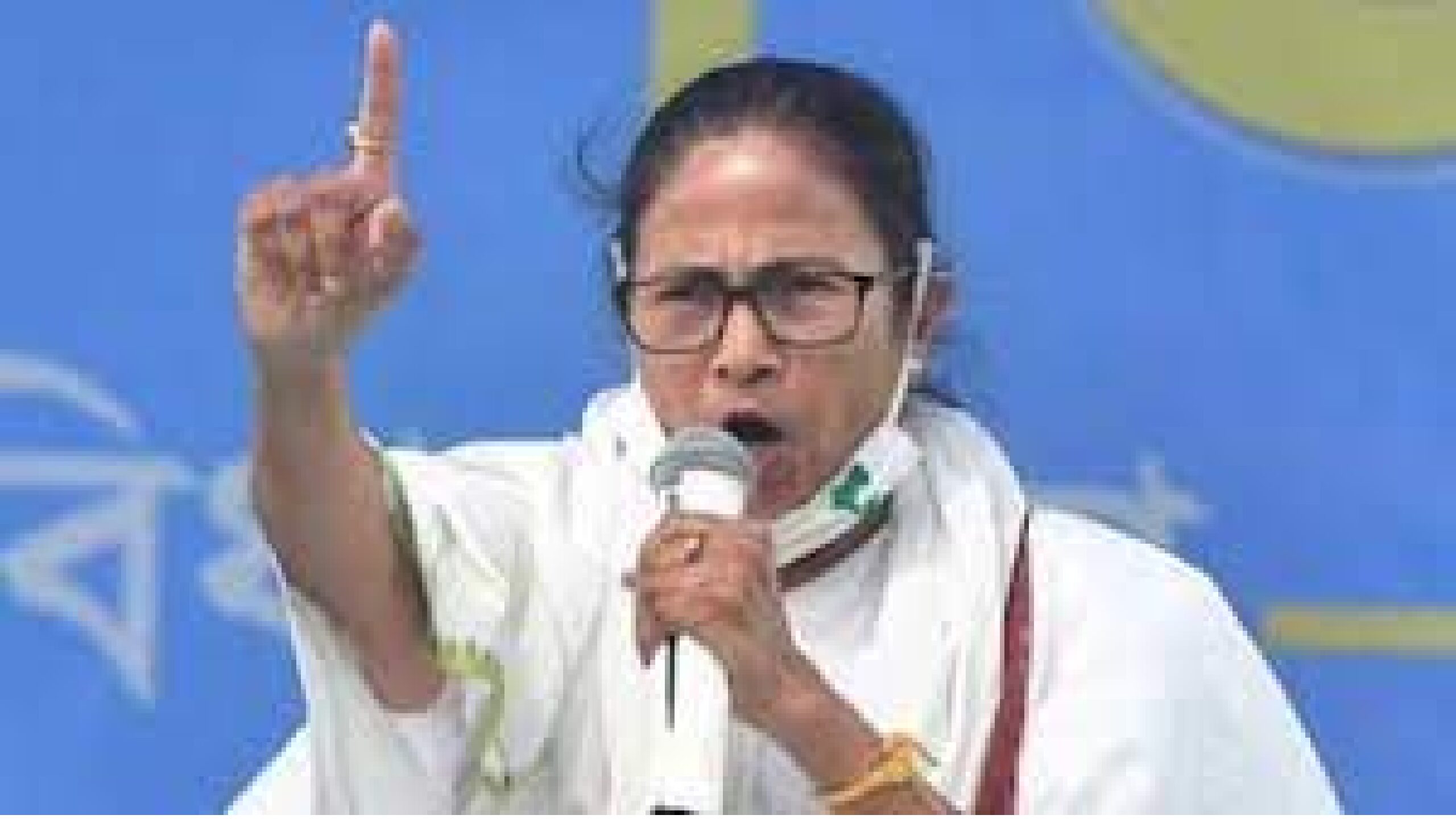SreeRagam 16
Vatapi Ganapatim Bhaje…..
The auspicious Ganesha invocation kriti is a powerful musical antidote to drive away negative energy. This kriti in Hamsadhwani raga spell bounds the listeners with the exuberance of the swaras in Hamsadhwani. Any concert in Carnatic Classical music commences with an invocationkriti on Lord Ganesha and incidentally many of them are composed in Hamsadhwani raga. This raga energises and brightens up the atmosphere and creates a cosy ambience.
As the name suggests, it is the divine voice of hamsa, a celestial bird which has the ability to separate milk and water. Hamsadhwani raga was created by Ramaswami Deekshitar, father of Muthuswamy Deekshitar.
Muthuswamy Deekshitar composed Vatapi Ganapathim Bhaje in Sanskrit, in praise of Lord Ganesha of Vatapi, now known as Badami. Vatapi was the capital of Chalukyas in Karnataka.

There is an interesting legend associated with the idol of Lord Ganesha at Vatapi. In a war between Chalukyas and pallavas in 642 CE, Pallavas seized the idol and carried it to Tiruchenkattankudi, the native place of Paranjyothi, Commander of Pallava army. Though there are no historical records confirming the fable, locals believe and narrate it to explain the identity of the idol in their village.
It is on this idol of Lord Ganesha that Deekshitar composed the eternal composition. Lord Ganesha is considered as the remover of obstacles and any ritual or a ceremony does not commence without the invocation of Lord Ganesha.
Also read: Jagadananda Karaka…
Hamsadhwani raga is an ancient, auspicious raga in Carnatic classical music. In temple rituals Hamsadhwani is performed by Nadaswaram artists as a ceremonial inaugural musical offering. Deekshitar introduced this raga during his stay in Varanasi to Hindustani Classical music. The impressive raga was instantaneously adopted into the Hindustani Classical music and is as popular as the original version of Carnatic Classical Music. It is classified into Bilawaal Thaat of Hindustani Classical music.
Structure
It is a pentatonic scale raga that has
S R2 G2 P N2 S
S N2 P G2 R2 S
(Sadja, Chatusruti Rishabha, Antara Gandhara, Panchama Kakali Nishada)
It is a janya raga of the 29th Melakarta Dheera Sankarabharanam. It is a challenge to master this raga as the audavaswaras are widespread in the scale. But it is also inspiring to weave the raga swaras into a melodious alapana, portraying the finer nuances of the swaras.
Also read: Pakkala Nilabadi…..
Music Therapy
In Music Therapy, Hamsadhwani is prescribed for rejuvenation, alleviation of anxiety and nervous disorders. It creates a feeling of happiness and wellness. The frequency variations in the raga are believed to trigger nerve impulses thereby inducing a calming and soothing effect on body, mind and soul.
The umpteen compositions in Hamsadhwani indicate the relevance and popularity of the raga in our classical music. To name a few important gems of Hamsadhwani,
Deekshitar
ParvatiPatim
Tyagaraja
Sri Raghukula
Raghunayaka
Muthaiah Bhagavatar
Gam Ganapate
Film Music
Swagatam, Suswagatham (Sri Krishna Pandaveeyam)
Gopala Nanu Palimpa Rara (ManushulloDevudu)
Kadali Rada TaneVasantam (RudraVeena)
Hindi
Ja Tose Nahin Bolun Kanhaiya (Parivar)
O Chaand Jahaan Woh Jaaye (Sharda)
Karam Ki Gati Nyari (Meera Bhajan
Hamsadhwani is also a versatile raga suitable for fusion music.





Extremely Happy to watch yours presentation…. Wonderful analysation